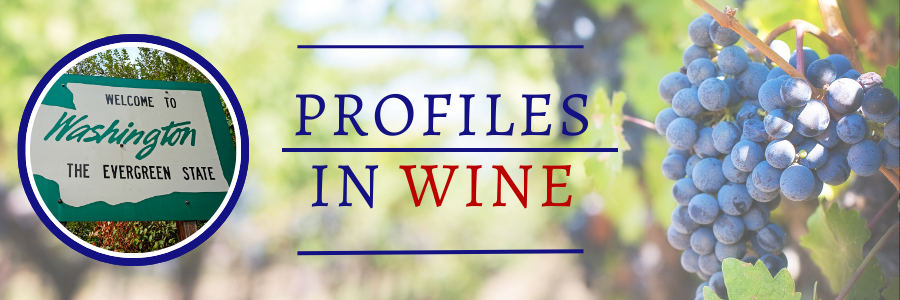When I joined the wine industry 43 years ago as Executive Director of the New York State Wine Grape Growers, California dominated the national scene, as it does today, New York was a distant but clear second, and Washington a very distant third.
How things have changed over time, with Washington now by far the nation’s #2 grape and wine producer, and nearly twice the number of wineries as New York, which in fairness has also grown strongly over the years.
Climate and collaboration have played key roles in this success. While we often unfairly envisage rainy Seattle when we think “Washington”, the northwestern state has a far more diverse climate including desert areas where most of the state’s grapes are grown. The Cascade Mountain range divides the state into a maritime climate in the west and a desert-like climate in the east where several rivers also play crucial roles: the Walla Walla, Yakima, Snake, and Columbia. In most years eastern Washington has an ideal climate for growing a diversity of grapes, but occasional Arctic blasts can have devastating effects. There are well over 20 distinct American Viticultural Areas throughout the state.
The state has also benefited from several active trade associations focused on education, promotion, research and legislation, including WineAmerica SRAAC members Washington Winegrowers Association, Washington Wine Institute, and the Walla Walla Valley Wine Alliance. The grape and wine industry has also wisely supported a voluntary self-assessment program for industrywide promotion orchestrated by the Washington Wine Commission. Growers and wineries also benefit from a robust viticulture and research program at Washington State University.
DeLille Cellars in Woodinville, outside of Seattle, has been a leading producer of Washington wines for more than 30 years, specializing in Bordeaux-style blends primarily from the Red Mountain AVA. They were one of only five Washington wineries to earn Robert Parker’s 5-star rating of excellence, have received over 900 individual 90+ ratings from top international sources, and have been in Wine & Spirits Top 100 winery list for five years. The winery also includes a superb restaurant which has twice been rated among the Top 10 Winery Restaurants in America, as well as receiving Wine Spectator’s Award of Excellence. The lunch menu even includes an optional Pairing Experience with select wines.
“Get the best grapes and don’t screw them up,” is the philosophy of Tim and Kelly Hightower, owners and co-winemakers of Hightower Cellars. They began their operation in 1997 in Woodinville, but later purchased 15 acres at the top of Red Mountain where they planted 10 acres of mostly Bordeaux varieties and converted a barn into a tasting room with a great view and menu of small bites. They are believers in gentle winemaking techniques, and have a knack for blending.
L’Ecole No. 41 is one of the best wineries in Washington, the United States, and the world. The third generation, family owned artisan winery, established in 1983, was the third winery in the Walla Walla Valley and is housed in a historic Frenchtown School, leading to its name. Wine & Spirits Magazine has ranked L’Ecole No. 41 among its Top 100 wineries in the world for 17 years; Decanter rated the 2011 Estate Ferguson the Best Bordeaux Blend in the World; and other prestigious awards confirm the consistently high quality of the wines, which are distributed nationally and internationally. Co-owner and head winemaker Marty Clubb has also been a dedicated, selfless industry leader on many levels within Washington and nationally, having served for decades on the WineAmerica Board of Directors, including as Chair.
Great Grapes: Riesling
“The Best White Wine on Earth” is the title of a book about Riesling by Stuart Pigott, and many would agree, including me. In 2008 at the International Riesling Festival at Chateau Ste. Michelle near Seattle, I and a few others created the International Riesling Foundation to spread the word about the wine’s unique reflection of terroir, flavor versatility, and food friendliness. Sonoma-based wine journalist Dan Berger spearheaded the development of a Riesling Taste Profile to let people know what style was in each bottle. Most commonly associated with Germany and Alsace, Riesling is now produced in many countries, with Washington State being the largest producer in the U.S.

